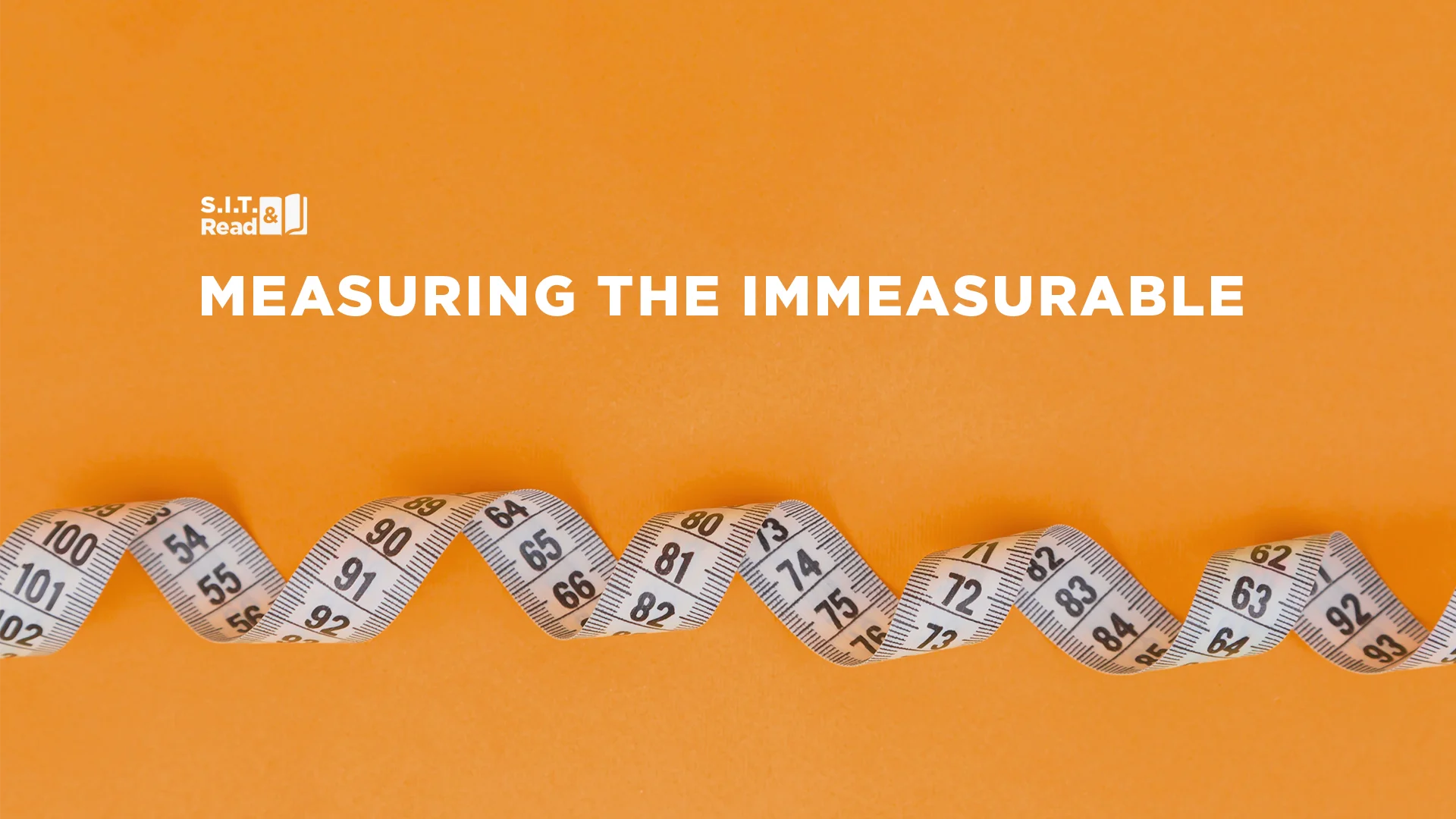Measuring the Immeasurable


Innovation, like most other things in business, gets caught in the trap of “how do we measure results.” Innovation managers at Fortune 100 companies find themselves confronted with this question in their efforts to raise innovation capabilities. In the end, measuring innovation doesn’t matter. Measuring innovation methods is where the focus needs to be.
The typical approach to measuring innovation is revenue from new products. The usual question is: “Show me a product generated from an innovation workshop and its first year revenues. My response to this might be: “And let’s compare that to the revenue NOT produced from ideas NOT generated because of a lack of innovation.”
Some aspects of innovation are immeasurable. During an innovation workshop several years ago, an engineer in the group had a depressed look on his face. It struck me as odd particularly because we had just completed a vibrant round of ideation with many new possibilities. The entire group was energized except this one individual. Out of concern, I asked him if he was feeling sick or in pain. What he told me struck me hard. He said, “No, I’m feeling fine. It’s just that I NOW realize, after this round of ideation, that an idea that I have been holding onto for a long time…won’t work.”
I remember thinking, “Wow! What is the value of giving UP a failed idea so that you can now direct your full focus and energy to new pathways?” This ideation session freed this individual’s mind AND motivation to move in new directions. He would no longer waste his productive time pursuing a pet idea in favor of better possibilities. He would begin creating value not from an idea generated, but rather from an idea given up.
How do you measure THAT?
The question is not: “Let’s measure innovation to decide whether we should do it.” Rather the question should be: “Which innovation method gives us the most results to improve our business?” Companies should compare methods using simple metrics like: total ideas generated. From this tally, break it down further to: new ideas versus ideas we already had; ideas actually pursued; ideas likely to be pursued; ideas never to be pursued. The key is to compare apples to apples. I once asked a colleague how she liked using a particular method by an innovation consultant in the local area. She said that she loved it. I asked, “Compared to what?” No response.
The best practice from Fortune 100 companies is to build and measure innovation competency…the inputs of growth, not the outputs.
Recent Posts
Innovation Behavior
Innovation is a skill, not a gift. Top organizations drive growth by nurturing and investing…
Should you learn TRIZ? – Yes. ….and No.
Are you in the world of problem solving? Is problem solving a skillset you have…
What Lies Ahead in 2024?
5 Data-Driven, Customer-Centric trends we’ve identified This is not just another conventional forecast. Over nearly…
Fork or Chopsticks – Which Innovation Tools Do You Use?
Imagine a chef, who only uses a spoon. Imagine a dentist, who only uses a…
The Moat Mentality: Exploring New Frontiers in Innovation Methodologies
In investing and business strategy, we often speak in terms of moats. Warren Edward Buffett…
Was it a Breakthrough or an Adjacency?
This year, P&G’s Febreze celebrates its silver anniversary as a brand. But not all 25…


